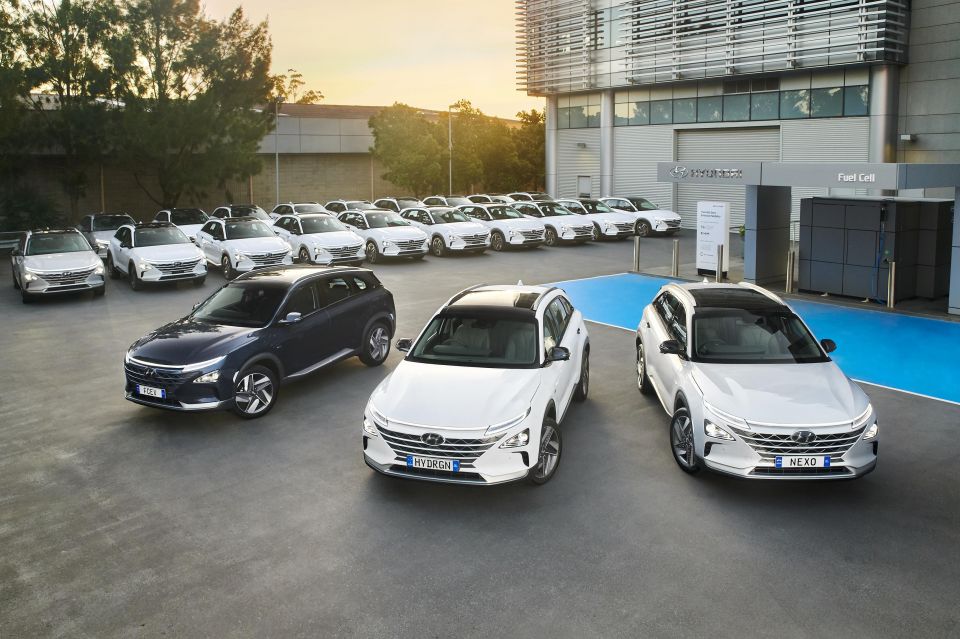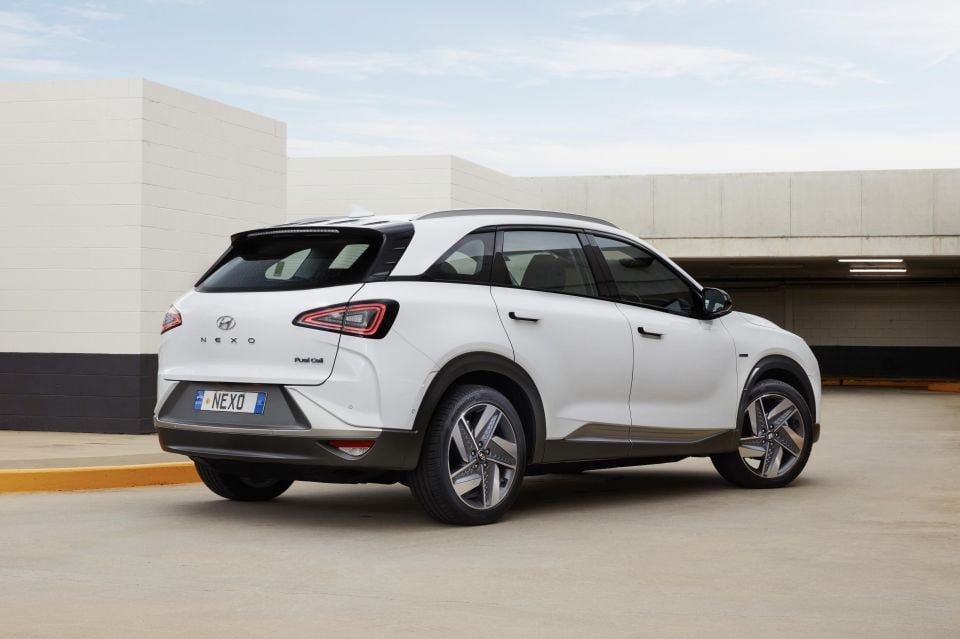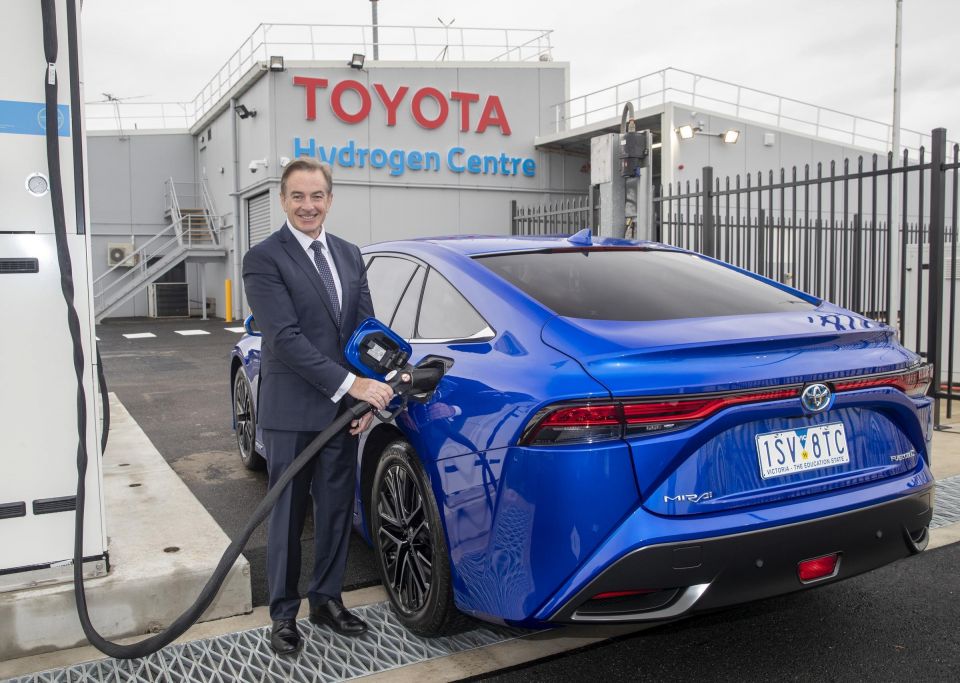

Matt Robinson
2026 Skoda Fabia 130 review: Quick drive
2 Hours Ago

Contributor
Hyundai has reportedly decided to delay the launch of its next-generation Nexo SUV until 2024, due to issues with its next-generation hydrogen fuel-cell drive unit.
Initially published in the Seoul Economic Daily and published on Reuters, the report states the delay is due to issues in the auto parts industry, aka supply chain.
Hyundai originally planned to start mass-production of the new Nexo in 2023 using a cheaper next-generation fuel-cell electric vehicle (FCEV) drive unit.
The South Korean automaker said in September 2021 it expected its new FCEV ‘stack’ to be around 50 per cent cheaper than current versions due to reduced reliance on materials like graphite and platinum.
It also said it planned to introduce a Staria-based FCEV people mover in 2023.

The hydrogen fuel cell drive unit is typically the most expensive part of a FCEV.
The report by the Seoul Economic Daily also said the launch schedule for Genesis-branded hydrogen fuel-cell vehicles hasn’t been decided.
The South Korean newspaper says this is due to Genesis suspending a project to develop its first FCEV late last year.
Genesis recently removed two models from its promised 2030 line-up, and reworded its claim about the type of zero-emissions vehicles it will offer.

Hyundai launched the Nexo hydrogen fuel cell in 2018 and it arrived in Australia in 2020 for fleet-only applications.
Its powertrain produces total system outputs of 120kW of power and 395Nm of torque. This is similar to the turbo-diesel engine in the Tucson.
Unlike its predecessor – the ix35 Fuel Cell, Hyundai’s first FCEV – the Nexo uses a unique platform. It measures 4670mm long, 1630mm tall and 1860mm wide.
While the Nexo’s official range on the stricter WLTP standard is already a devilishly good 666km, a team was recently able to log with 887.5km with Australian rally driver Brendan Reeves behind the wheel.

Toyota, like Hyundai, has also invested heavily in hydrogen fuel-cell technology. The Japanese giant offers the Mirai FCEV in Australia, also available only to fleets.
One major hurdle with hydrogen fuel-cell vehicles is the current lack of infrastructure, with only three publicly available hydrogen refuelling stations nationwide.
More were promised by the previous Morrison Liberal Government as part of its Future Fuels and Vehicle Strategy, while the Labor Party took to the 2022 election a promise to invest up to $80 million in refuelling station infrastructure.
There’s a renewable hydrogen refuelling superhighway for heavy trucks in the works which will link Victoria with Queensland, with a Memorandum of Understanding between the three eastern Australian states.

The Federal Chamber of Automotive Industries (FCAI) has previously indicated $20 million of funding has been allocated to build this refuelling superhighway.
Currently hydrogen fuel cell technology seems best suited for heavy-duty commercial applications.
Hyundai has previously said it intends to bring its FCEV trucks Down Under from 2025. It also expects cost parity with diesel trucks as early as 2030.
MORE: Hyundai’s hydrogen push: cost parity with EVs by 2030 MORE: Hyundai Nexo hydrogen fuel-cell vehicle arrives in Australia MORE: Hyundai Nexo sets world distance record
Where expert car reviews meet expert car buying – CarExpert gives you trusted advice, personalised service and real savings on your next new car.
Jack Quick is an automotive journalist based in Melbourne. Jack studied journalism and photography at Deakin University in Burwood, and previously represented the university in dance nationally. In his spare time, he loves to pump Charli XCX and play a bit of Grand Theft Auto. He’s also the proud owner of a blue, manual 2020 Suzuki Jimny.


Matt Robinson
2 Hours Ago


Damion Smy
2 Hours Ago


Damion Smy
16 Hours Ago


Damion Smy
18 Hours Ago


Damion Smy
19 Hours Ago


Damion Smy
21 Hours Ago